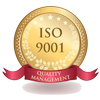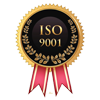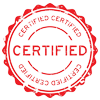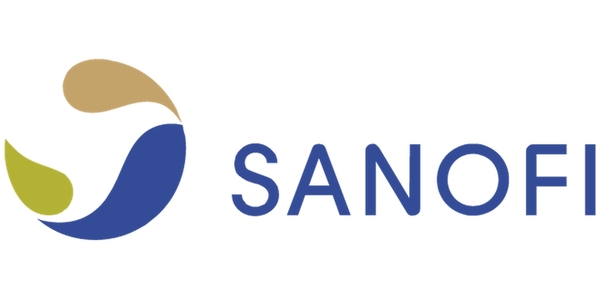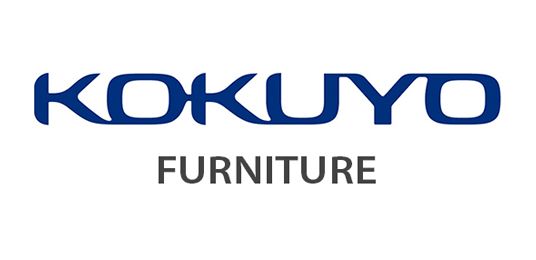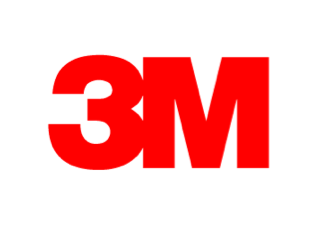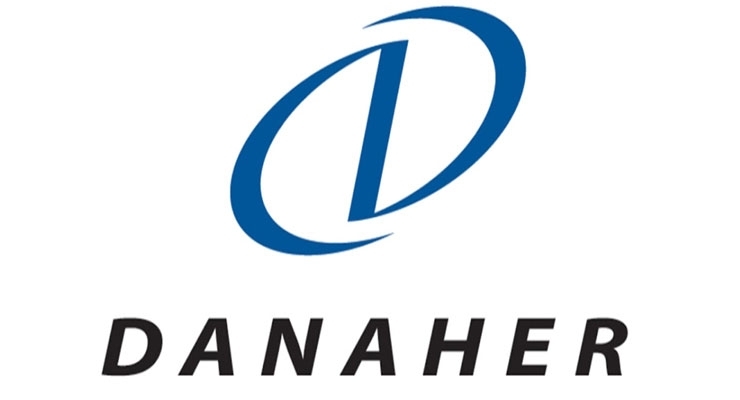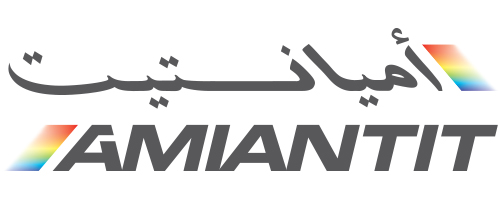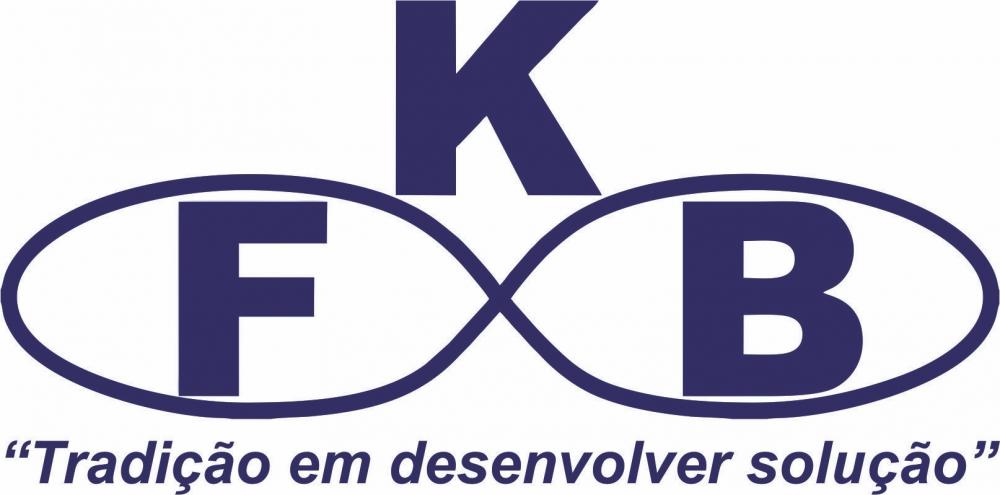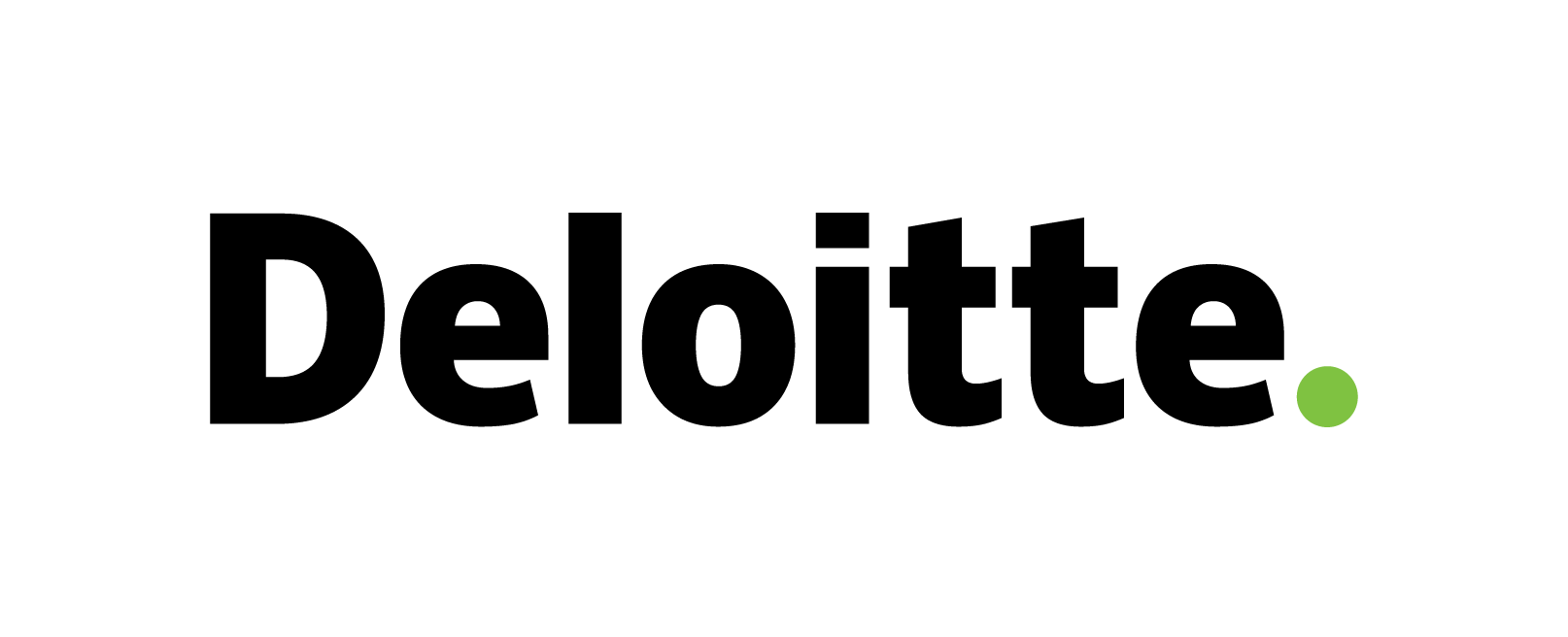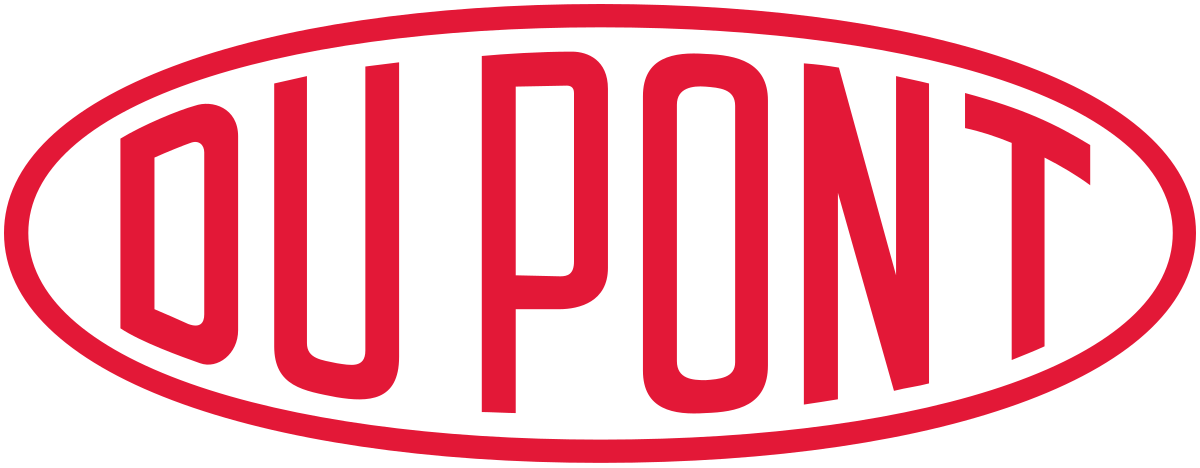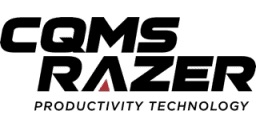Advanced Functional Materials Market: Global Share, Size, Growth, Trends & Forecast ( 2023 – 2032 )
Advanced Functional Materials Insights
Advanced functional materials are a class of high-quality compounds known for their superior properties such as high mechanical strength, flexibility, and resistance to corrosion and high temperature. They encompass a range of compounds such as ceramics, composites, nanomaterials, and conductive polymers. These materials have diverse applications across industries such as healthcare, aerospace, electronics, automobile, and others, owing to their exceptional properties. One significant advantage of using advanced functional materials in electronic components is their ability to enhance signal and power transmission while reducing total electricity consumption. These materials include nanomaterials, advanced ceramics, biomaterials, and smart materials.
Advanced Functional Materials Market: Size and Share
The market for this material is developing due to growing demand in industries consisting of electronics, aerospace, and healthcare. Factors as such technological improvements, accelerated R&D funding, and government support also are driving market growth. The global Advanced Functional Materials market was valued at about $73.15 billion in 2022 and is projected to succeed in $137.31 billion by 2032, with a compound annual growth rate (CAGR) of 6.5% all through the forecast period (2023-2032). The key players in the advanced functional materials market include 3M, DuPont, Saint-Gobain, Honeywell International Inc., DowDuPont, Cabot Corporation, Evonik Industries AG, Solvay, Huntsman Corporation, and BASF SE.
|
Advanced Functional Materials Market: Report Scope |
|
|
Base Year |
2022 |
|
Base Year Market Size |
$73.15 billion |
|
Forecast Year |
2023-2032 |
|
Forecast Year Market Size |
$137.31 billion |
|
CAGR Value |
6.5% |
|
Segmentation |
|
|
Challenges |
|
|
Growth Drivers |
|
Advanced Functional Materials Market Key Driving Factors
There are several driving factors contributing to the growth of the advanced functional materials market:
- Increasing demand from various industries: The increasing demand for advanced functional materials in electronics is because of their advanced properties which include excessive mechanical power and resistance to corrosion, which enhance the device's overall performance and lifespan.
- R&D investments: R&D investments are driving the development of advanced materials with more advantageous properties along with advanced conductivity, mechanical power, and versatility, which are important for various applications.
- Government support: Government support is enabling the development of advanced functional materials by providing investment for research and development, encouraging innovation, and supporting sustainable manufacturing practices.
- Environmental concerns: Environmental concerns are driving the demand for advanced functional materials that are more sustainable and eco-friendlier, such as materials that can be effortlessly recycled or biodegraded.
- The growing trend of miniaturization: The developing trend of miniaturization in digital gadgets is driving the demand for superior functional materials like nanomaterials, which enable the production of smaller, more efficient, and powerful gadgets.
- Advancements in material science: Advancements in material technology and engineering are allowing the development of advanced functional materials with superior properties that are appropriate for particular applications, which include substances for power storage or biocompatible material for clinical implants.
- Increase in demand for energy-efficient materials: The growing demand for energy-efficient materials to reduce carbon footprint is the use of the market for advanced useful substances.
Advanced Functional Materials Market Key Trend & Development
There are several key trends and development in the field of the advanced functional materials market
1. Growing demand from the healthcare sector: The healthcare sector is a giant driving force of the advanced practical materials marketplace, with programs in drug transport, scientific gadgets, and tissue engineering. The demand for advanced substances in healthcare is expected to grow because of their biocompatibility, advanced mechanical properties, and ability to be engineered at the nanoscale.
2. Increasing use in the electronics industry: Advanced functional materials are used in the electronics industry for applications such as conductive coatings, energy storage devices, and sensors. With the growth of the Internet of Things (IoT) and wearable era, the call for superior substances with stepped-forward conductivity and versatility is predicted to upward thrust.
3. Technological advancements: There have been significant technological advancements in the production of advanced functional materials, such as nanotechnology, which has enabled the development of materials with unique properties. Other advancements, including the usage of 3-D printing, have made it possible to supply complex and customized substances.
4. Environmental concerns: The use of advanced functional materials is also driven by environmental concerns, such as the need for sustainable energy and materials. Advanced materials are being developed for programs consisting of electricity garage and conversion, water purification, and air pollution control.
5. Regulatory framework: As the use of advanced functional materials grows, there is a need for regulations to ensure their safe and sustainable use. Regulatory frameworks are being developed in various regions to govern the production, handling, and disposal of advanced materials.
Advanced Functional Materials Market Segmentation
The advanced functional materials market can be segmented based on the following:
- By Product Type: Advanced functional ceramics, Nano-materials, Advanced energy materials, Conductive polymers, Metal Oxides, Others
- By End-user: Electrical and Electronics, Automotive, Healthcare, Aerospace and Defense, Energy and Power, and Others
- By Geography: North America, Europe, Asia-Pacific, Latin America, Middle East & Africa
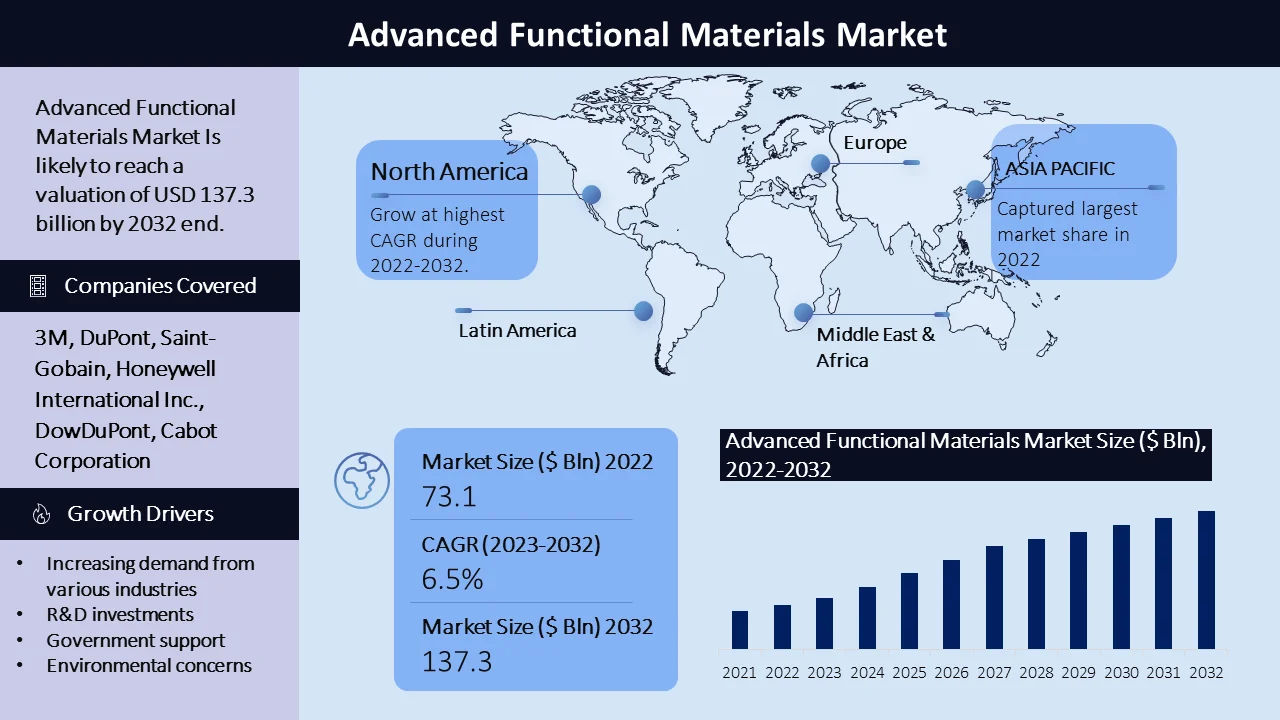
Advanced Functional Materials Market Regional Synopsis:
North America is anticipated to be considered one of the most important markets for advanced useful materials, due to the presence of a massive quantity of manufacturers and providers within the region. The US and Canada are predicted to be the foremost markets in North America. With a CAGR of 8.5% (2023-2032), the market is predicted to succeed in $41.33 billion by 2032 against an earlier estimation of worth $18.28 billion in 2022.
Europe is also anticipated to be a considerable marketplace for superior functional materials, because of the presence of a big number of key players within the region. The major countries in Europe include Germany, France, the UK, and Italy. With a CAGR of 6.8% (2023-2032), the market is predicted to succeed in $28.24 billion by 2032 against an earlier estimation of worth $14.63 billion in 2022.
Asia Pacific is predicted to be the fastest-growing marketplace for advanced practical substances, because of the growing demand from nations together with China, Japan, and South Korea. . With a CAGR of 7.2% (2023-2032), the market is predicted to succeed in $43.97 billion by 2032 against an earlier estimation of worth $21.94 billion in 2022.
Although the marketplace for Advanced Functional Materials in Latin America is comparatively small, it's anticipated to expand significantly within the coming years. With a CAGR of 5.8% (2023-2032), the market is predicted to succeed in $19.27 billion by 2032 against an earlier estimation of worth $10.97 billion in 2022.
The Middle East and African marketplace for Advanced Functional Materials is relatively small, but it's expected to grow within the coming years because of the region's increasing demand. By 2032, the market is predicted to be worth $11.03 billion, growing at a CAGR of 4.2% (2023-2032) against an earlier estimation of worth $7.315 billion in 2022.
Advanced Functional Materials Market Challenges
Despite the growth prospects of the advanced functional materials market, several challenges could impact the development and commercialization of advanced functional materials
- High costs: While advanced functional materials can provide significant benefits, the high cost of production can make them less accessible to some markets, especially in developing countries. n addition, the cost of research and development to create new advanced functional materials can also be high, which further adds to the cost of the final product.
- Regulatory challenges: The constantly changing regulatory environment for advanced functional materials creates uncertainty for companies and can lead to delays in product development and launch.
- Lack of standardization: Lack of standardization in advanced materials could make it tough for agencies to meet client expectancies, set up considerations, and make certain products high-quality and consistent.
- Lack of awareness: Education and advertising efforts aimed toward growing cognizance of the benefits and ability applications of advanced functional substances may be important to drive marketplace growth.
- Supply chain challenges: There are demanding situations related to the Supply chain of advanced functional substances, which include sourcing raw materials, transporting them, and making sure high-quality.
- Environmental and health concerns: Companies need to prioritize responsible production and handling of advanced functional materials to address concerns related to human health and environmental impact.
- Recycling and disposal challenges: Companies can differentiate themselves and promote sustainability by addressing recycling and disposal challenges in the advanced functional materials market. Adopting responsible practices and investing in R&D for recyclable or biodegradable materials can appeal to environmentally conscious consumers and contribute to market growth.
Advanced Functional Materials Market Key Players
Several key players exist in the advanced functional materials market. Some of the major players in the market include:
- 3M
- DuPont
- Saint-Gobain
- Honeywell International Inc.
- DowDuPont
- Cabot Corporation
- Evonik Industries AG
- Solvay
- Huntsman Corporation
- BASF SE
In addition to the above-mentioned players, there are several other companies in the advanced functional materials market that are focused on specific segments such as nanomaterials, advanced ceramics, biomaterials, and smart materials. These companies include Nano Tech Co. Ltd., NanoIntegris Inc., NanoLab Inc., and Nanostructured & Amorphous Materials Inc.

Need Customized Report for Your Business ?
Utilize the Power of Customized Research Aligned with Your Business Goals
Request for Customized Report- Quick Contact -
- ISO Certified Logo -
